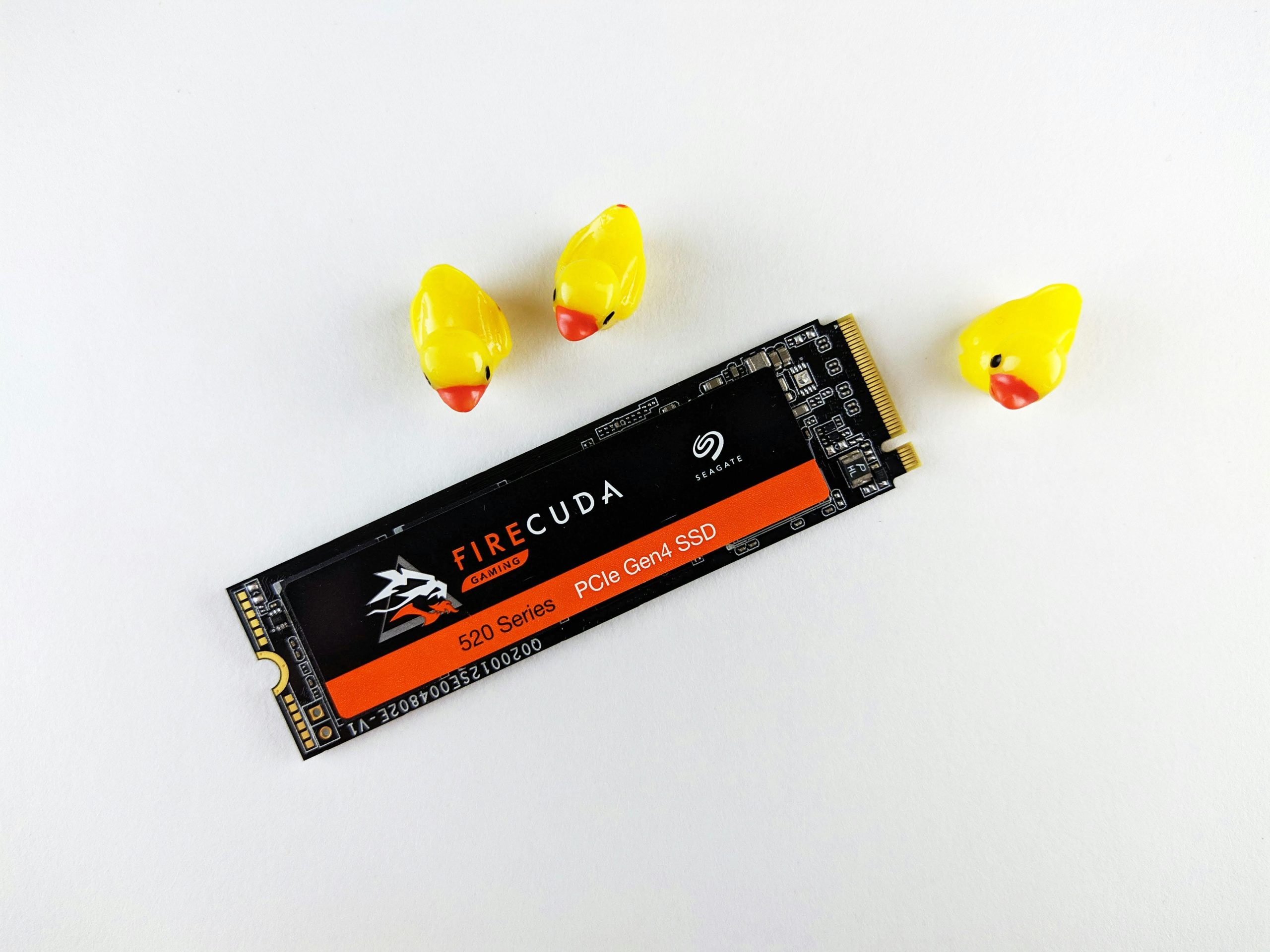Understanding M.2 SSD Damage in Laptops: Causes and Considerations
If you’ve ever faced the alarming message “Boot device not found” on your laptop, you’re likely familiar with the panic that ensues. Recently, I encountered this issue firsthand and quickly discovered that my M.2 SSD was damaged. This situation raises an important question: what could have led to this unexpected malfunction?
Potential Causes of M.2 SSD Damage
-
Physical Impact: One of the most common reasons for SSD failure is physical damage. Laptops are portable devices, and minor drops or impacts can cause significant harm to the delicate components inside.
-
Overheating: Excessive heat can be detrimental to electronic components. If your laptop lacks proper ventilation or if you frequently use it on soft surfaces that block airflow, overheating could lead to SSD degradation.
-
Power Surges: Sudden spikes in electrical current can cause irreparable harm to hardware. Using your laptop during a storm or in an area prone to power fluctuations may increase the risk of damage to your SSD.
-
Firmware Issues: Occasionally, the firmware that operates your SSD can malfunction or become corrupted. Regular updates are essential to keep your device running smoothly, and failing to do so can result in issues.
-
Manufacturing Defects: Although rare, some SSDs are shipped with inherent flaws that may not manifest until after a period of use. It’s always wise to check for recalls or warnings related to specific SSD models.
-
Excessive Usage: While SSDs are designed for heavy use, pushing them beyond their limits over time—especially when writing and erasing data frequently—can lead to diminished performance and eventual failure.
Reducing the Risk of Damage
To lessen the chances of SSD failure, consider these tips:
- Transport your laptop in a protective case to mitigate the risk of physical damage.
- Ensure your laptop is on a hard, flat surface while in use to promote adequate cooling.
- Invest in a surge protector to shield your electronics against power fluctuations.
- Stay updated with the latest firmware revisions to keep your device in optimal condition.
Experiencing SSD damage can be frustrating, but understanding the possible causes helps in taking preventive measures. If you find yourself in a similar situation, it may also be beneficial to consult a professional for a thorough diagnosis and repairs.
By being proactive, you can protect your equipment and avoid the distress
Share this content:




Dear User,
Sorry to hear about the issue with your M.2 SSD. Based on the detailed causes outlined, here are some troubleshooting steps and recommendations:
In cases of hardware failure, replacing the SSD often becomes necessary. For diagnosing and replacing hardware safely, consider